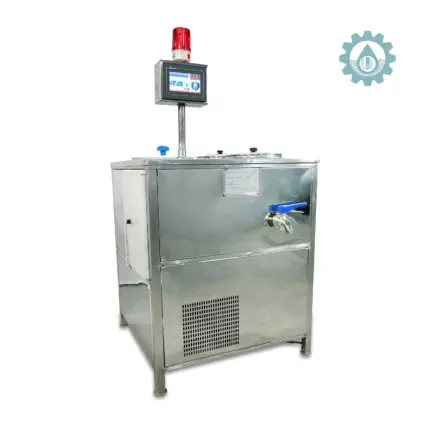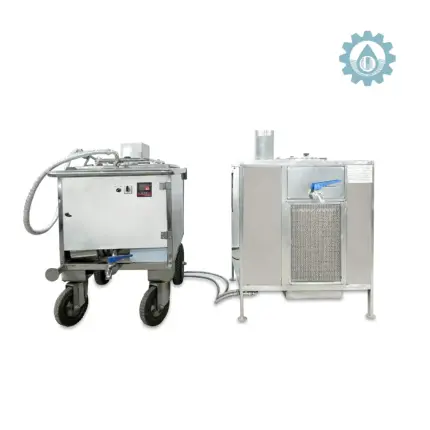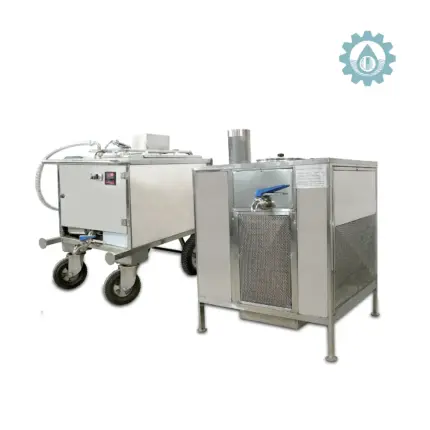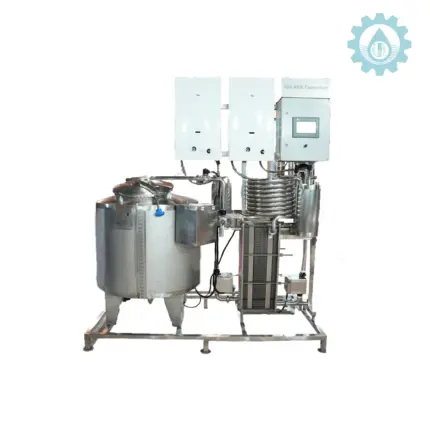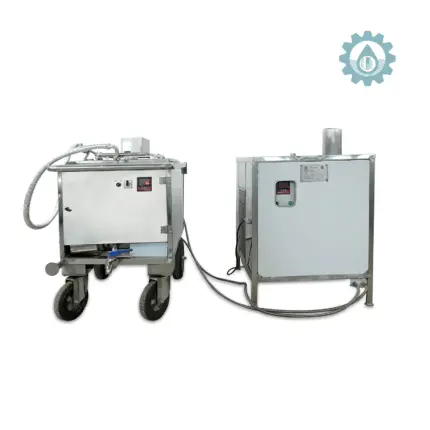All dairy operations have a supply of milk that is not saleable, commonly called waste or discard milk. For the purpose of this paper, non-saleable milk or waste milk is composed of excess colostrum, transition milk, mastitic milk, or non-saleable milk containing antibiotics. Milk with an SCC of more than 400000 is deemed unfit for human consumption. All over the world, unsaleable milk is fed to calves in order to avoid the economic losses. For instance, 40.1% of milk that is consumed by calves in the United States is waste milk. In most dairy farms, using waste milk is beneficial instead of whole milk or milk replacer. Due to the fact that this milk is consumed by calves, it does not require a special system for its consumption, because if it is not consumed by the calf, the management of the microbial load as well as its antibiotic resistance in the environment requires complex and difficult management. However, there are many concerns about microbial resistance after metabolism in the calves's body and its transfer to the environment through manure. Hence, the milk pasteurization process (HTST and LTLT) helps calves and the environment a lot by eliminating many pathogenic pathogens and reducing the microbial load.
What is milk pasteurizer?
In many dairy farms, waste milk is consumed by calves, but there are concerns about the transmission of bacteria such as E. coli, Salmonella, and other bacteria through waste milk. The pasteurization process is a heat treatment for liquids that can kill many harmful microbes and reduce the cost of raising calves. It is important to note that pasteurization is not sterilization. Pasteurized milk still may contain measurable amounts of bacteria. Hence, it can decrease the transmission of disease.
What is pasteurization, and why is it important?
One strategy to decrease pathogen load and still utilize waste milk is to pasteurize the milk. Pasteurization is a method of exposing milk to elevated temperatures for a period of time as a means of reducing the bacterial contamination and harmful enzymes, and pasteurization is not sterilization. Clinical research has shown that it is an effective way to kill many microbes such as Staphylococcus, Streptococcus, Salmonella, E. coli, Listeria, and Mycoplasma. It should be noted that during the pasteurization process, it is not possible to eliminate all the harmful microbes, but it can dramatically decrease the load of microbes. In a California study, calves fed pasteurized waste milk had a lower incidence of scours, pneumonia, and diarrhea; labor costs to treat calf diseases were also lower. Hence, ADG increased.
Orin Makhzan Company has produced two types of milk pasteurizers (HTST and LTLT) according to the demand of our customers.

